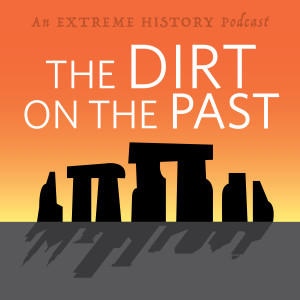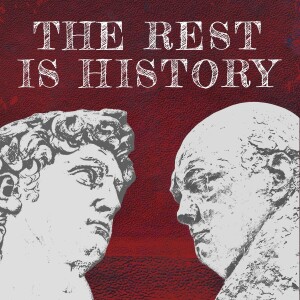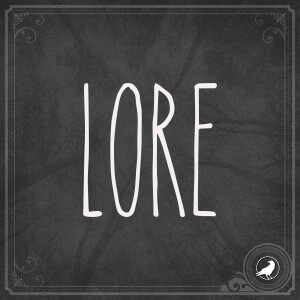

In this episode we are joined by renowned archaeologist Ian Hodder to delve into his extensive work at Çatalhöyük, a 9,000-year-old Neolithic site in Turkey.
We explore the burial practices that shed light on social hierarchies, the role of food in shaping community identity, and how the unique architectural layout of Çatalhöyük reflects its complex social structure. Ian Hodder discusses the symbolism and ritual life of this early society, offering insights into one of the most significant archaeological discoveries in the world. Ian Hodder is a British archaeologist known for his pioneering work in post-processual archaeology, which emphasizes the interpretation of cultural meaning in archaeological findings. He is a professor at Koç University in Istanbul and directed the Çatalhöyük Research Project for 25 years, transforming our understanding of early human settlements.
Çatalhöyük, one of the largest and best-preserved Neolithic sites, is known for its densely packed houses, art, and evidence of early communal living. The site provides key insights into the transition from hunting and gathering to agriculture, with elaborate burial practices and rich material culture reflecting a sophisticated, interconnected society.
More Episodes
All Episodes>>Create Your Podcast In Minutes
- Full-featured podcast site
- Unlimited storage and bandwidth
- Comprehensive podcast stats
- Distribute to Apple Podcasts, Spotify, and more
- Make money with your podcast












